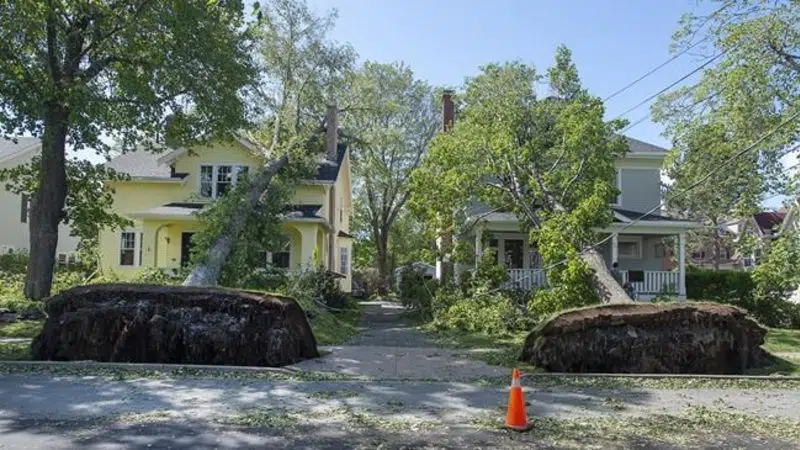
Maritime grids, forestry, coastlines need rethink in era of intense storms: experts
HALIFAX — In an era when the intensity of hurricanes is expected to increase across Atlantic Canada, experts say major changes are needed to utility grids, shoreline defences and even the types of trees being planted.
Work continued Wednesday to reconnect customers after post-tropical storm Dorian knocked out power to 80 per cent of homes and businesses in Nova Scotia. By mid-afternoon there were just under 55,000 customers without electricity in the province, compared with 400,000 at the storm’s peak on the weekend.
Recent scientific literature says 35 hurricanes — not including post-tropical storms like Dorian — have made landfall in the region since 1850, an average of one every five years. But signs point to more destructive storms in the region’s future.
Anthony Taylor, a forest ecologist with Natural Resources Canada, wrote in a recent peer-reviewed paper that climate change is expected to increase the intensity of hurricanes in the North Atlantic, though there’s still little consensus on frequency. The paper cited modelling from the National Oceanic Atmospheric Administration carried out last year.


